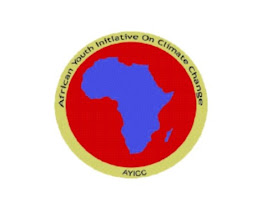Community Based Adaptation Youth Conference - YouthCBA
“Youth as a Catalyst to Enhance Effective Adaptation” By Belinda Makadia As from 27 th -29 th April, 2015, Kenya will host the 9 th CBA conference in Nairobi. One of the most important inclusions in this conference will be the youth conference, which will run parallel to the CBA 9. Youths from different organizations that work with issues of climate change including Africa Youth Initiative on Climate Change (AYICC-K), Young Volunteers in Environment Kenya (YVE-K), OAY and Catholic Youth NESA have come together under the supervision of ACTS to organize this conference. This means that the youth will be having their own conference besides the main CBA conference and they will deliberate on their own issues. This is important for the youth as it provides them with a platform to run their event accommodating their needs, creativity and free expressions while creating a sense of responsibility in them. During the conference, the youth will have a reflection on their past...

